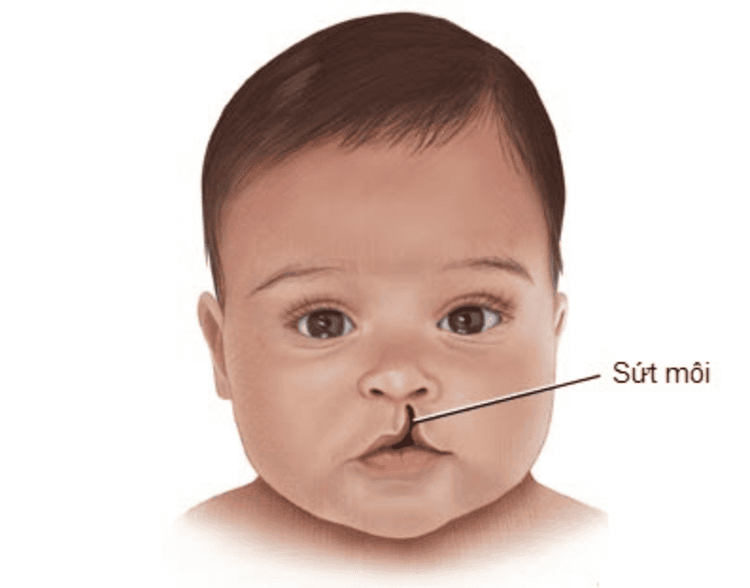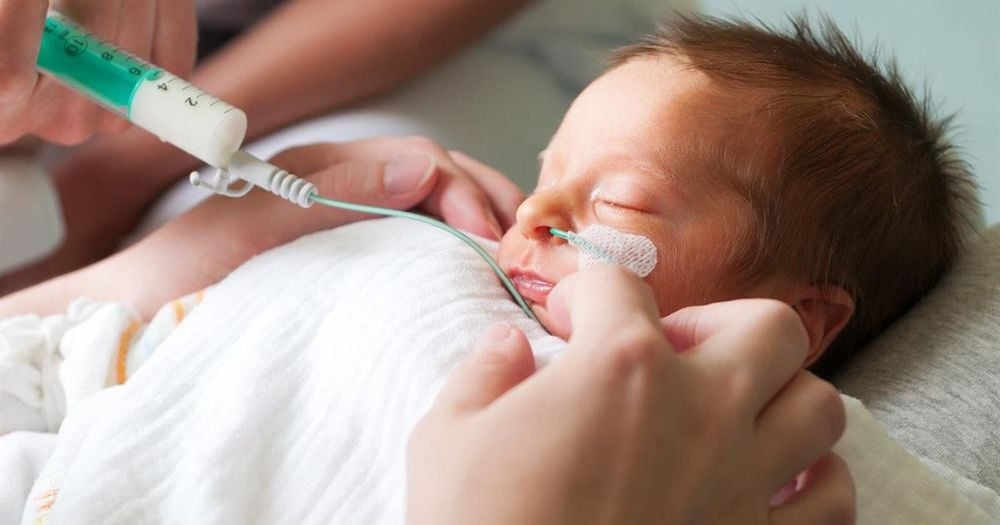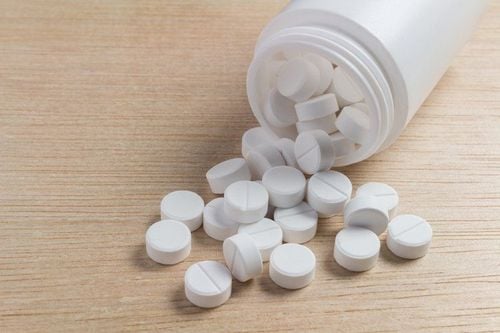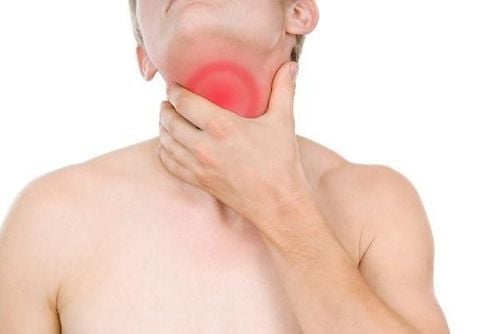This is an automatically translated article.
The article was professionally consulted by Specialist Doctor I Dang Thi Ngoc Chuong - Department of Pediatrics - Neonatology, Vinmec Central Park International General Hospital.Infant feeding is a way to deliver breast milk or formula directly into a baby's stomach. This is a method of nutritional support that is relatively physiologically appropriate when it is not possible for the child to fully absorb the necessary amount of milk through the mouth.
1. What is parenteral nutrition in infants?
A feeding tube is a small, flexible plastic tube that is placed through the nose or mouth and into the stomach. These tubes are used to deliver food and medicine into the stomach until the baby is able to fully eat the right amount by mouth.The feeding of children through nasogastric tubes will generally be simple and ensure the volume of food consumed. However, this feeding technique always contains risks, so it should only be done when there are suitable indications and it is necessary to quickly switch back to natural infant nutrition.
2. Why do babies need to be fed through a nasogastric tube?
Parenteral nutrition is indicated in neonates who cannot tolerate adequate nutrition through the usual oral route. Accordingly, feeding catheters will need to be used for the following situations:Premature babies are too small or too weak to perform the standard sucking motion. Children have problems with the ability to coordinate sucking and swallowing movements, often choking. The child has defects in the mouth, throat, esophagus, or stomach. Children are suffering from serious lung and heart diseases, unable to suckle Children have cognitive disorders

3. What is the procedure for feeding infants through a catheter?
Choose the position that makes the child feel most comfortable when preparing to eat. The infant can be placed on the bed with the upper half of the body propped up or the baby can lie on the mother's lap. Babies can suck on pacifiers to create enjoyment during nasogastric feeding. Check the position of the nasogastric tube and the amount of gastric fluid with the small syringe. Replace the small syringe with the syringe of the large syringe, which attaches to the tip of the catheter. Hold the syringe in one hand with fingers under the folded clamp holding the catheter, while the other hand slowly pours breast milk or formula into the syringe. Slowly open the nasogastric tube to allow milk to flow down at a very slow rate in the direction of gravity. The position of the lower cylinder can be lowered for slower milk flow. When the amount of milk in the syringe is almost empty, fold the nasogastric tube and continue to give milk into the syringe. Then, repeat step 6 until the volume of milk needed for each feeding has been exhausted. When feeding is complete, rinse the tube with a little water. Cover the outer end of the tube and rinse the instruments. After feeding an infant through a nasogastric tube, parents or caregivers also need to hold the baby with their head high, pat the baby on the back gently before putting the baby down similar to when feeding a baby by mouth to limit reflux.Giving medicine through a tube also needs to be done with the same principle as the feeding process.

4. Things to note and monitor when parenteral nutrition in infants
Some notes when feeding a child through a nasogastric tube:Long-term nasogastric tubes can be used continuously for 1 week. If tube feeding is still indicated after 5-7 days, a new tube should be replaced. The choice of tube should be suitable for the child's condition up to the time of implementation. It is necessary to change the nostril to place the tube to the opposite side when inserting a new tube. Give your baby a pacifier to suck on to maintain his sucking reflex. Closely monitor the child's abnormalities during feeding. Stop immediately if your child coughs, is fussy or seems uncomfortable, has difficulty breathing, or has rapid breathing. Pay attention to talking and cuddling the baby when feeding through the tube to create a mother-child bond during the feeding process similar to breastfeeding. nasogastric tube feeding is generally very safe and effective when indicated. However, feeding tubes can still carry certain risks, such as irritating the nose, mouth, or stomach, causing bleeding, nasal congestion, or nasal infections. In rare cases, the feeding tube can puncture the stomach. Always check the position of the nasogastric tube and residual fluid before each feeding. In the event that the tube is misplaced or the fluid regurgitates into the airway, the child will react violently and have symptoms of wheezing, rapid breathing, difficulty breathing, cyanosis, apnea or even danger of breathing. dramatic.

Specialist I Dang Thi Ngoc Chuong has worked at Children's Hospital I, Thu Duc Hospital and University Hospital of Medicine and Pharmacy in Ho Chi Minh City. With strengths in neonatal diagnosis and examination - neonatal resuscitation, Dr. Chuong is currently a pediatrician at Vinmec Central Park International General Hospital and a member of the Ho Chi Minh City Pediatric Association. Bright.
SEE MORE
Placing a gastric tube How to feed a patient through a nasogastric tube Note the menu and how to care for a patient eating through a nasogastric tube
Please dial HOTLINE for more information or register for an appointment HERE. Download MyVinmec app to make appointments faster and to manage your bookings easily.














